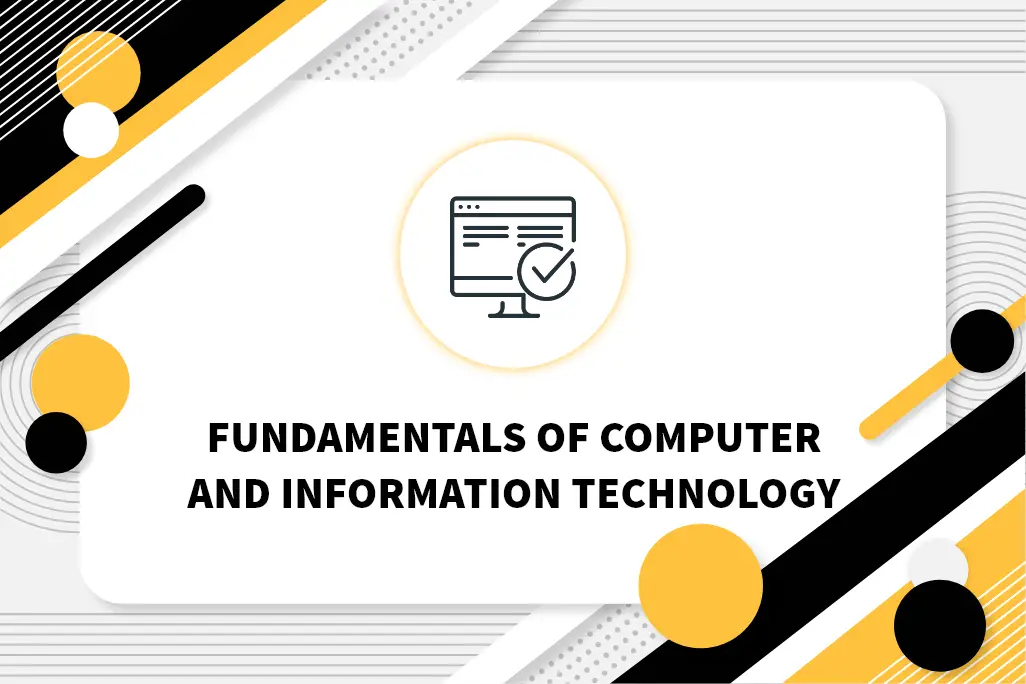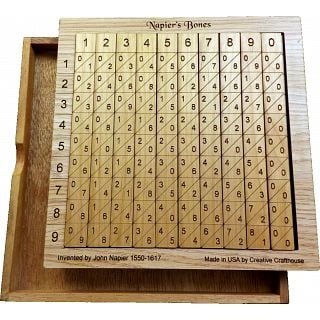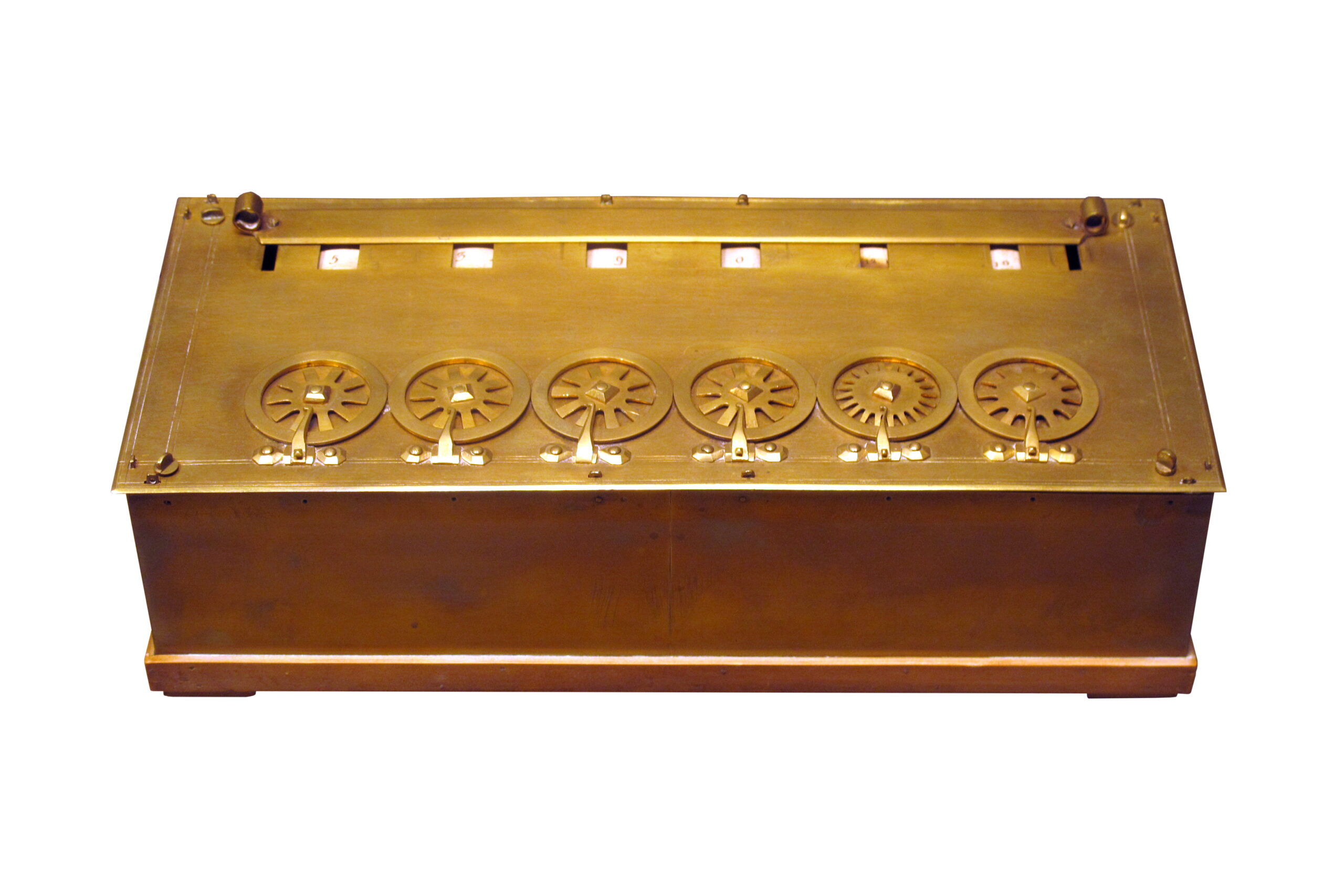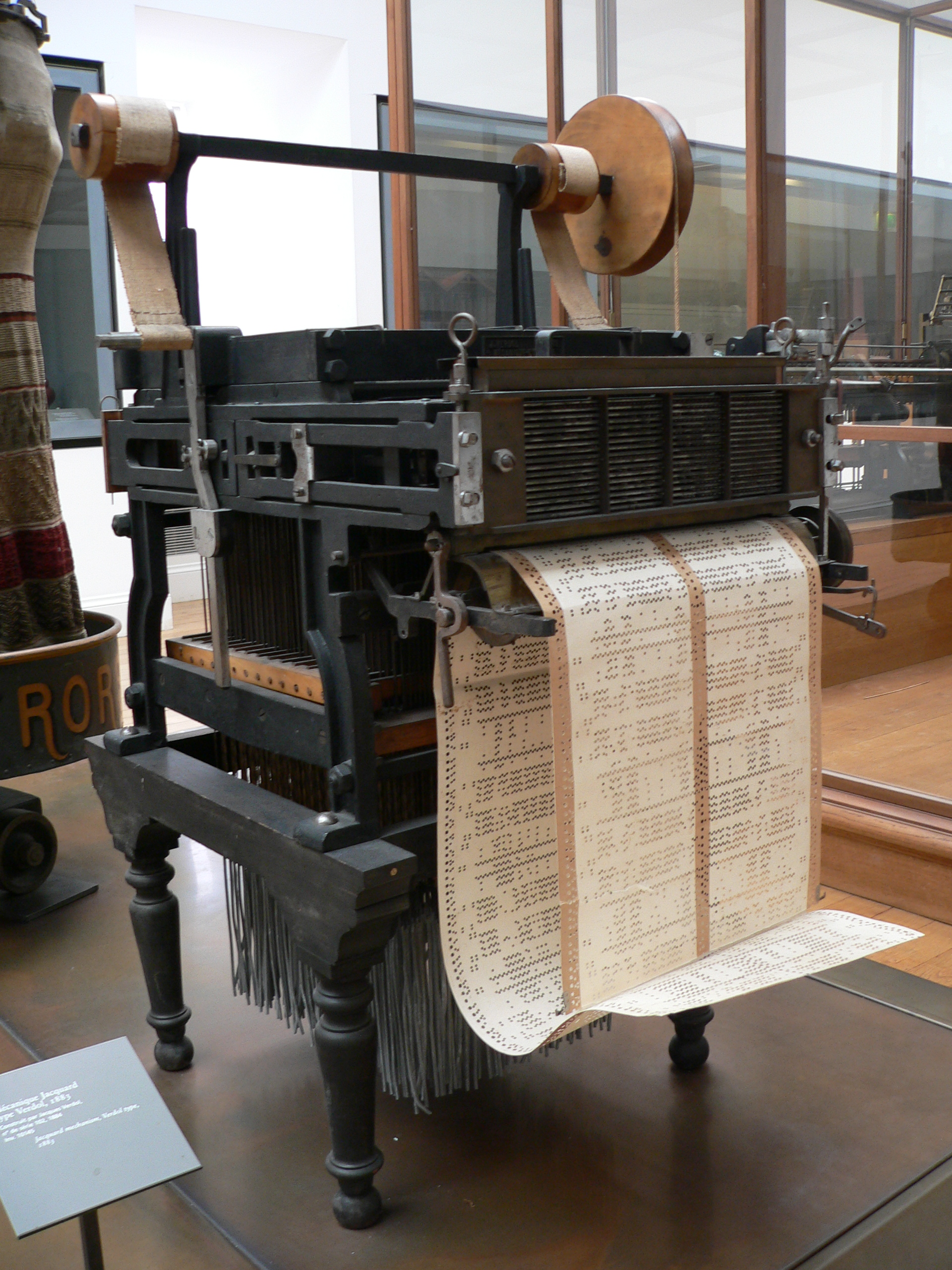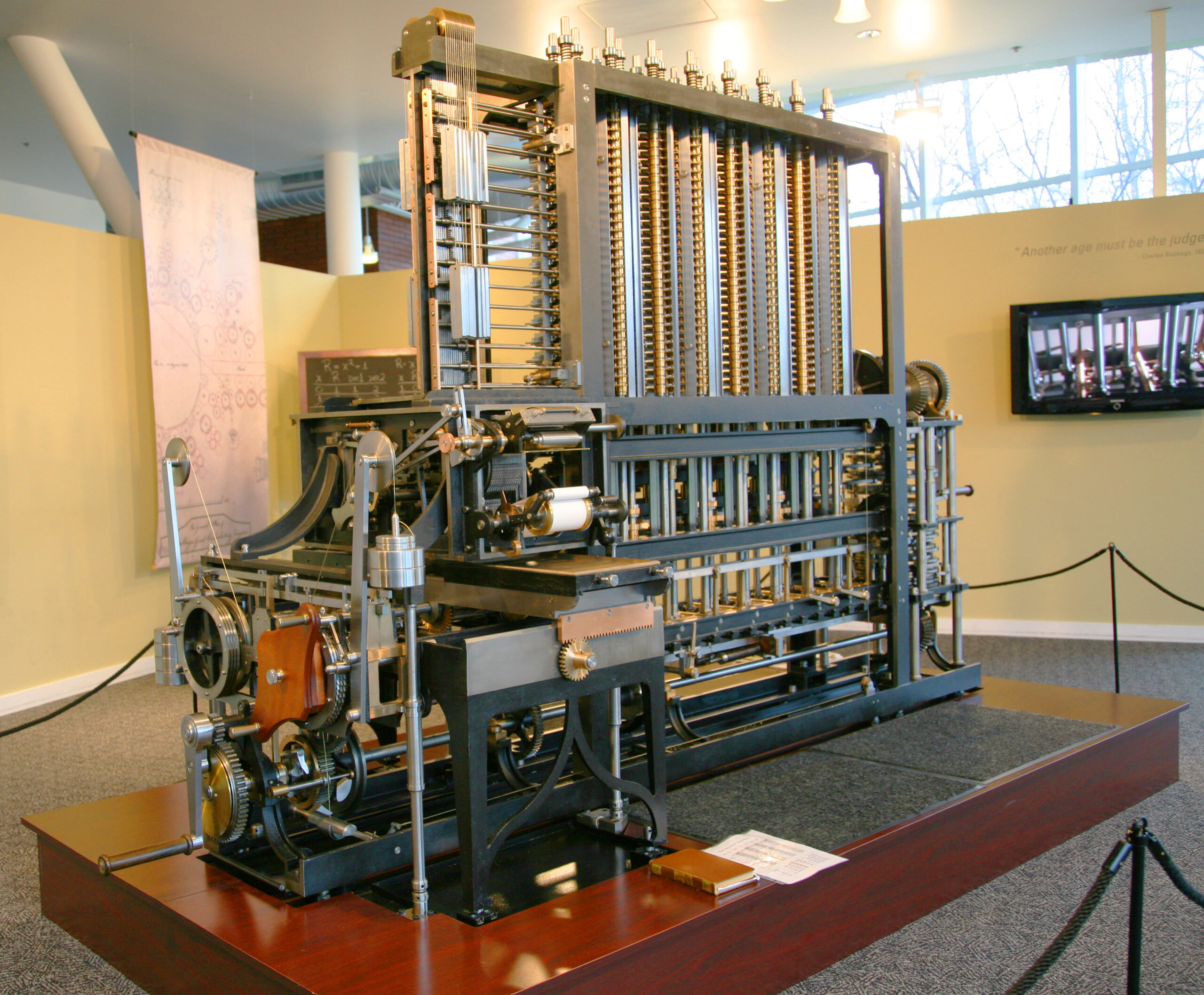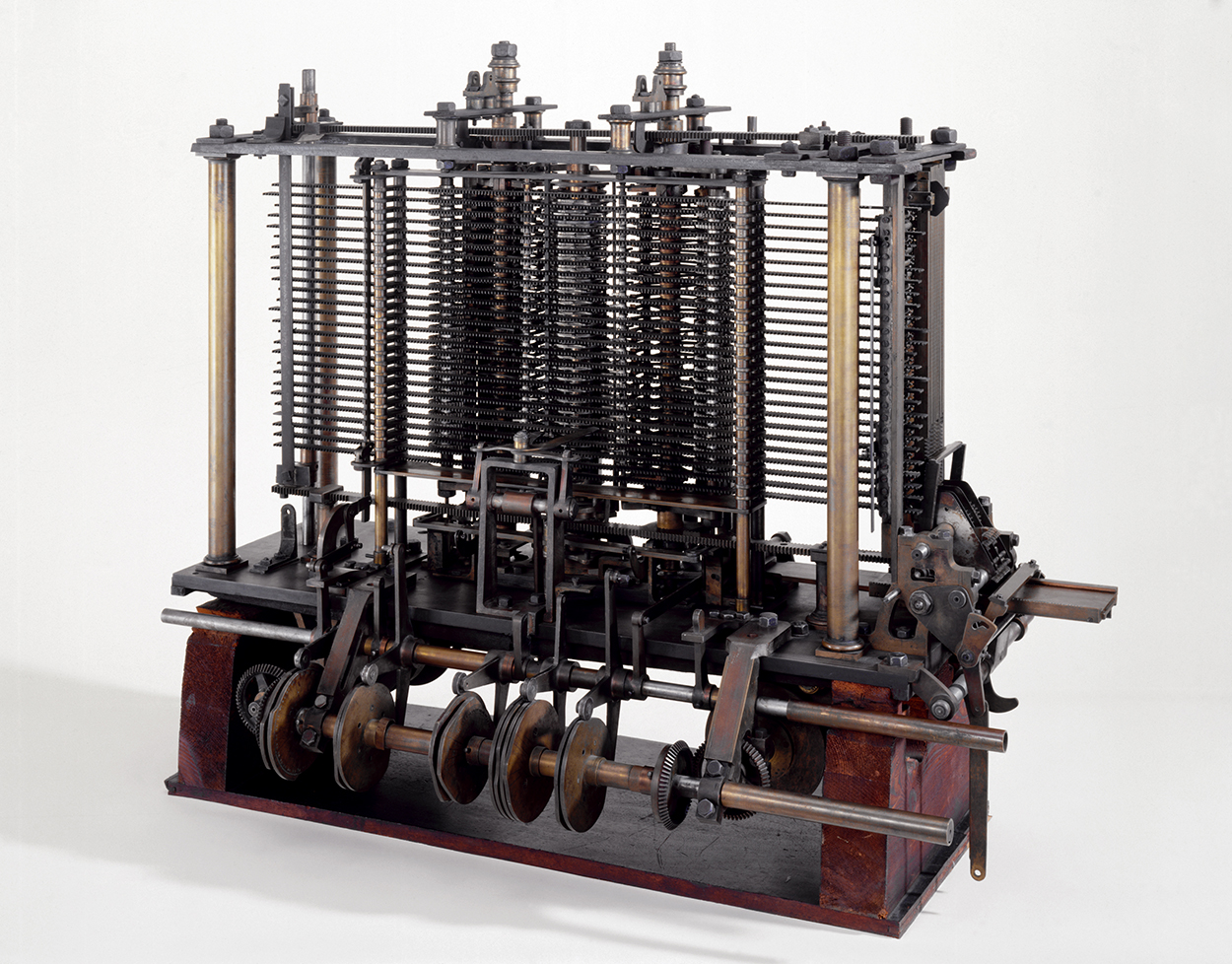Evolution of Computer
Computer का Evolution मानव द्वारा Accurate और Fast Calculation करने वाले Device को Search करने के कारण हुआ था।Computer का Evolution सबसे पहले Simple Calculation करने के लिए हुआ था| सबसे पहले Abacus का Evolution हुआ और फिर जैसे-जैसे हमारी Calculation और Complex होती गयी| उसी के अनुसार अन्य Computers जैसे – Napier Bones, Pascaline, Leibnia Wheel, Analytical Engine, Census machine आदि का Evolution हुआ|
Abacus
- Abucus का पूरा नाम Abundant Beads Additon & Calculation Utility System है |
- यह सबसे पहला Mechanical Computer Device था|
- लगभग 3000BC में Babylonians द्वारा Evolute किया गया|
- यह एक लकड़ी का बना होता है| जो दो भागो में Divide रहता है| दो भागो के बीच में तारो में Bit लगे होते है| जिसको Counting के लिए Use किया जाता है| आज भी छोटे बच्चे Basic Calculation सिखने के लिए इसको Use करते है |
Napier Bones
- Scottish Mathematician, John Napier ने 1617 में इसका आविष्कार किया था|
- यह एक चोकोर (Square Shape) सा Device था| जिसपर हड्डियाँ (Bons) या हाथी के दाँत से बने Rods लगे होते थे |
- इन Rods से Addition, Substraction, Multiplication और Division Calculation होते थे |
Pascaline
- यह 1642 में एक French Mathematician, Blaise Pascal द्वारा खोजा गया।
- यह Gears या Wheels से बना पहला Mechanical Calculator था।
- यह Abacus की तुलना में Addition or Substraction Fast करता था |
Leibniz Wheel
- इसे 1685 में एक German Mathematician Gottfried Wilhelm Leibniz द्वारा खोजा गया था |
- उन्होंने Pascal Calculator को ही Extended किया| जिससे वो Addition और Substraction के साथ अब Multiplication और Division भी कर सकता था |
- इस Device में एक Cylinder या Stepped Drum था| जिसके दांत पहिये से जुड़े हुए थे |
Jacquard Loom
- इसको 1804 में Joseph Marie Jacquard द्वारा खोजा गया था |
- इसने Cotton की बुनाई प्रक्रिया को Automatic बना दिया|
- इस Machine को चलाने के लिए बहुत सारे Punch Cards या ऐसे Cards जिनपे छेद किये जाते है,उनका Use किया जाता था|
Differential Engine
- इसे 1822 में एक British Mathematician Charles Babbage द्वारा आविष्कार किया गया था |
- यह Differential Equation को हल कर सकता था| और यह भाप द्वारा चलता था|
- यह Machine Calculation भी कर सकती थी| बल्कि उसके साथ उसका Result भी Store कर सकती थी |
Analytical Engine
- यह 1833 में आविष्कार किया गया जो Modern Computer पर Based था|
- यह पहली Machine थी| जिसमे Five Unit (Input, Output, Store, Mill and Control) थे|
- इसीलिए Charles Babbage को Computer का Father कहा जाता है |
- इसका आविष्कार Herman नाम के एक अमेरिकी ने 1889 में किया था
- इसका आविष्कार अमेरिका की Population की गणना करने के लिए किया गया था|
- यह Machine भी Punch Cards से काम करती थी| मतलब की पेपर पर छोटे-छोटे छेद किये जाते थे| जिससे इस Machine को Input दिया जाता था |
Generations of Computer
Computer का Development दो Important भागो में हुआ| एक तो Internal structure (Hardware) और दूसरा Software| ये दोनों एक दूसरे पर Depend होने के साथ साथ एक दूसरे के Complementary भी है|
पहला Personal Computer IBM ने 12 अगस्त 1981 को Lanch किया गया था| जिसका Cost लगभग 1500$ था| और Weight 9.5 kg था| इससे पहले Computer Personal Use के लिए Available नहीं थे| समय के साथ-साथ Computer में कई बदलाव हुए जिसके कारण Computer के नई Generation का Evolution होने लगा|
अब तक Personal Computers (PC) की कुल Five Generation हुई है| जो निम्नलिखित हैं –
First Generation of Computers (1941 – 1954)
First Generation के Computer system में Main memory के लिए Circuitry और Magnetic Drum के लिए Vacume Tube का Use किया जाता था| ये Computers Size में बहुत बड़े होते थे| जो पूरे कमरे को घेर लेते थे। इन Computers को Operate करने के लिए Cost बहुत ज्यादा लगते थे| और ज्यादा Electricity का use करने के अलावा, ये Computers बहुत ज्यादा Heat Generate करते थे| जिसके कारण वह जल्द ही ख़राब हो जाते थे| इसकी अधिकतम Internal Storage Capacity 20,000 Characters की थी।
First Generation के Computer Machine Language पर Dipendent थे| इन Computers को Operate करने के लिए Low level Programming Language का प्रयोग किया जाता था| ये Computers एक समय में केवल एक Problem को Solv कर सकते थे। एक नई Problem को Setup करने में Operators को दिन या सप्ताह भी लग जाते थे| इन Computers में Input देने के लिए Punch Card और Paper Tape का Use किया जाता था| और Output के लिए Printers का Use किया जाता था।
J. Presper Eckert द्वारा Evoluted UNIVAC और ENIAC Computer First Generation की Computer Technology के Example है। UNIVAC 1951 में U.S. Census Bureau के द्वारा एक Business Client को Deliver किया गया| जोकि पहला Commercial Computer था।
Second Generation of Computers (1955 – 1964)
Computer के Second Generation में Transistor ने Vacuum Tube की जगह ले लिया। 1947 में Bell Labs ने Transistor का आविष्कार किया गया था| लेकिन 1950 के दशक के अंत तक Computer में इसका व्यापक उपयोग नहीं देखा गया था। Computer के इस Generation में Magnetic Core Memory, Magnetic Tape और Magnetic Disk जैसे Advance Hardware का Use किया जाता था|
Transistor, Vacuum Tube के तुलना में Small व Fast होते है| जिससे Computer अपने First generation के तुलना में छोटे (Small), तेज (Fast), सस्ते (Low cost), Low Power Consumption और अधिक Reliable हो गए| हालांकि Transistor अभी भी बहुत अधिक Heat उत्पन्न करता थे| जो Computer को नुकसान पहुंचाता था| Second Generation के Computer अभी भी Input के लिए Punch Card और Output के लिए Printer पर निर्भर थे।
COBOL, ALGOL, SNOBOL, FORTRAN, जैसे – High Level Programming Language तथा Batch Operating System इसी Generation में आये थे|
Third Generation of Computers (1965 – 1974)
Third Generation में Transistor की जगह Integrated Circuits का use होने लगा| जो की Multiple Transistor, Registers, Capacitor को Silicon Chip पर एक साथ Establish करके बनाया गया था| जिसे Semiconductors कहा जाता है| जिससे Computer की Speed और Efficiency में भारी वृद्धि हुई।
Punch card और Printer के बजाय Users Third Generation के Computer के साथ Keyboard, Monitor और Operating System के माध्यम से एक दूसरे के साथ Interact कर सकते थे| जिसने Computer को एक Central Program के साथ एक समय में कई अलग-अलग Application चलाने की अनुमति दी| इसी Generation में FORTRAN 4, COBOL जेसे High Level Language का Evolution हुआ|
Fourth Generation of Computers (1975 – 1089)
Fourth Generation में Integrated Circuits की जगह Microprocessor chip का use होने लगा|1971 में Intel के द्वारा First Microprocessor (4004 chip) का Evolution किया गया| Microprocessor Computer के सभी Component (Central Processing Unit, Memory, Input/Output) को एक Chip के द्वारा Control करती है| 1981 में IBM ने Home Users के लिए अपना पहला Personal computer Launch किया| और 1984 में Apple ने Macintosh Launch किया।
Advance Technology use होने के कारण| ये Computers धीरे-धीरे Small और अधिक Powerful होते गए| अब इन्हे Network बनाने के लिए एक साथ जोड़ा जा सकता था| जिससे Internet का Development हुआ। Fourth Generation में GUI, Mouse और Handheld Technology के Computer का Development हुआ ।
इस Generation में C Programming Language का Evolution हुआ| इसके साथ-साथ Operating System में भी काफी सुधार हुआ| UNIX, MS DOS, Apple OS, windows तथा Linux में इस Generation में काफी सुधार हुआ|
Fifth Generation of Computers ( 1900 – Till Now)
Artificial Intelligence पर आधारित Fifth Generation की Computer Technology अभी भी Development में है| हालांकि कुछ Application हैं| Ex- Voice Recognition, Face Detection जिनका आज उपयोग किया जा रहा है। Parallel Processing और Superconductor का उपयोग Artificial Intelligence को Reality बनाने में मदद कर रहा है। यह एक Compact और Portable Device में बड़ी मात्रा में Storage को Pack करने के लिए अब तक की Important Creation भी है।
आने वाले वर्षों में Quantum Computation, Molecular, Nanotechnology, Computers को मौलिक रूप से बदल देगी। Fifth Generation के Computing का लक्ष्य ऐसे Device का Development करना है| जो Natural Language Input का जवाब दे| और Learning and Self-organization में सक्षम हो।
